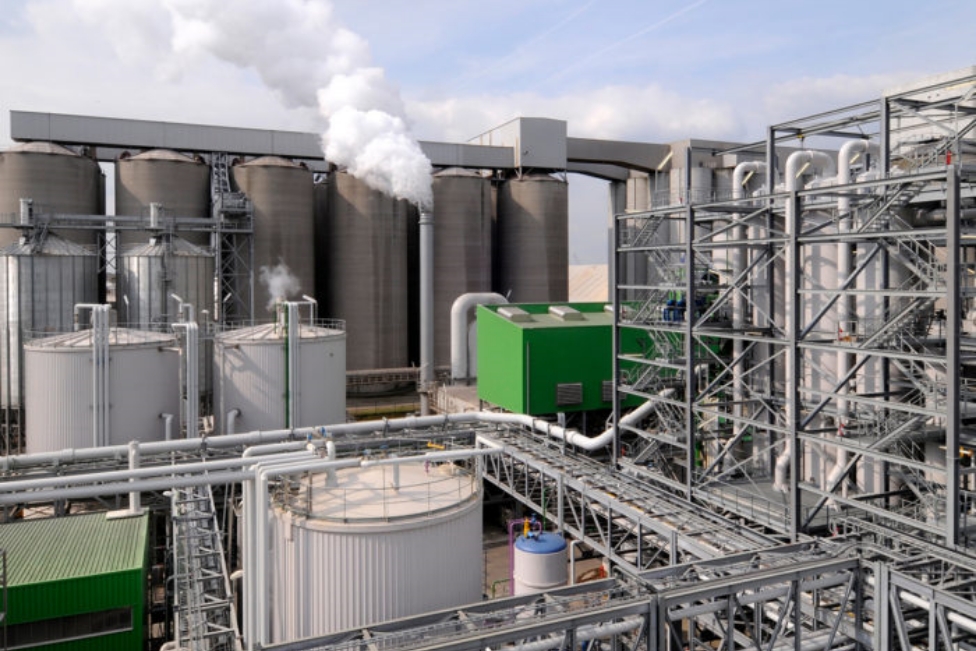What do we know about the Ethanol Plant?
It will boost India’s waste-to-wealth endeavours by utilising about 2 lakh tonnes of rice straw (parali) annually to generate around 3 crore litres of ethanol annually. This plant will also utilize maize and sugarcane waste besides paddy straw to produce ethanol. The project will provide direct employment to people involved in the plant operation and indirect employment will be generated in the supply chain for rice straw cutting, handling, storage, etc. The project will have zero liquid discharge. Through reduction in burning of rice straw, the project will contribute to a reduction of greenhouse gases equivalent to about 3 lakh tonnes of carbon dioxide equivalent emissions per annum, which can be understood as equivalent to replacing nearly 63,000 cars annually on the country’s roads. What Is Ethanol? About: It is one of the principal biofuels, which is naturally produced by the fermentation of sugars by yeasts or via petrochemical processes such as ethylene hydration. It is a domestically produced alternative fuel most commonly made from corn. It is also made from cellulosic feedstocks, such as crop residues and wood. Ethanol as Fuel: The use of ethanol as a fuel for internal combustion engines, either alone or in combination with other fuels, has been given much attention mostly because of its possible environmental and long-term economical advantages over fossil fuel. Ethanol can be combined with petrol in any concentration up to pure ethanol (E100). Anhydrous ethanol (ethanol without water) can be blended with petrol in varying quantities to reduce the consumption of petroleum fuels, as well as to reduce air pollution. .

